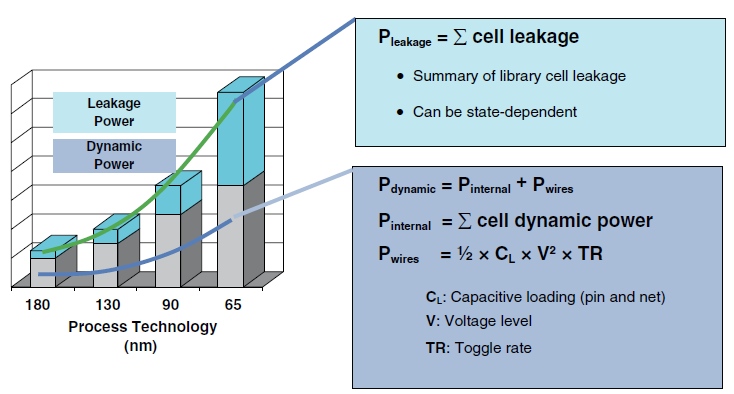Originally posted by c117152
View Post
I'm talking about ARM-on-the-desktop, which is the topic. You literally said "ARM can just break ISA backwards compatibility" and I assumed you speak about this subject. Maybe misunderstanding but I'd like to see how far they end up if they do that on the desktop.
Originally posted by c117152
View Post
Did you just put some random buzzwords?
Your first statement is already wrong anyway. Pipeline width has nothing to do with instruction width, like, at all. (also, what instruction width? it's variable on x86, so which one do you refer to)



Comment